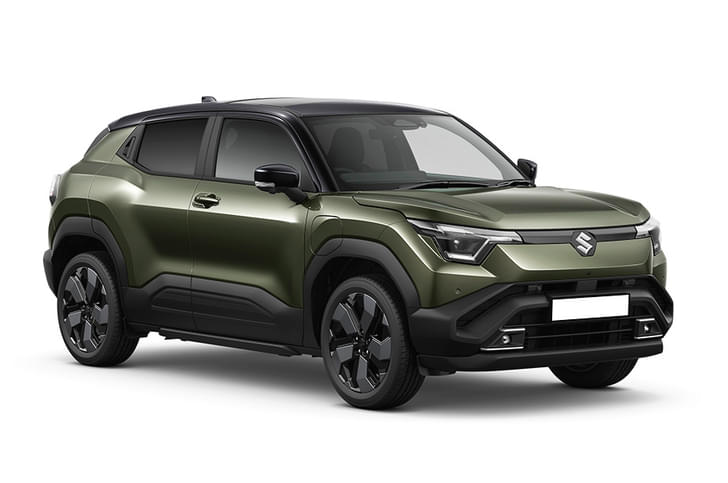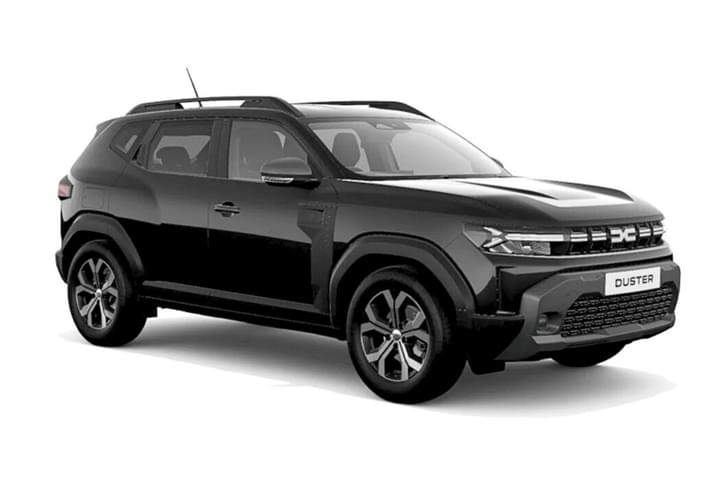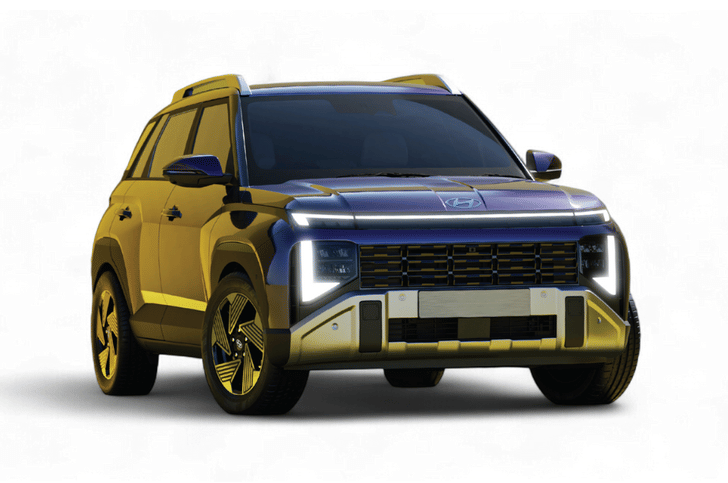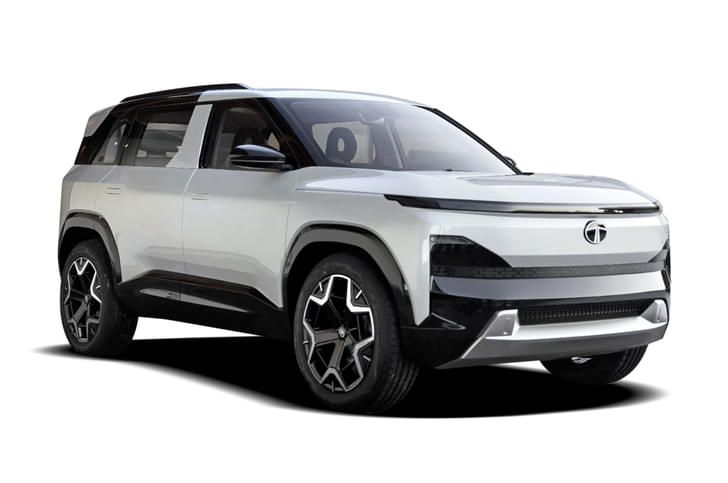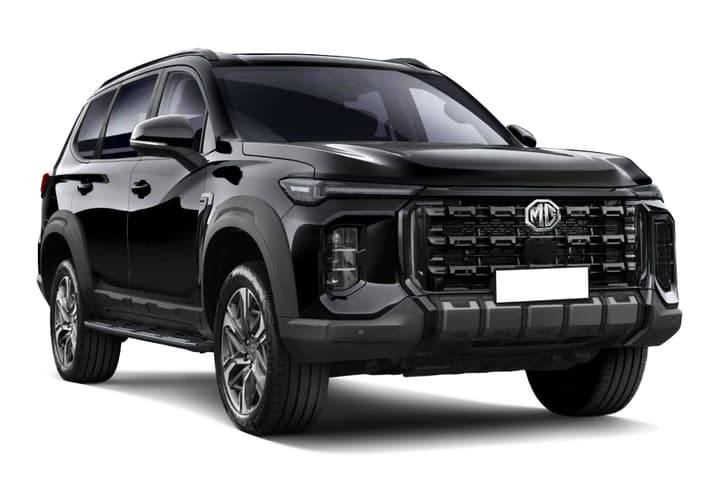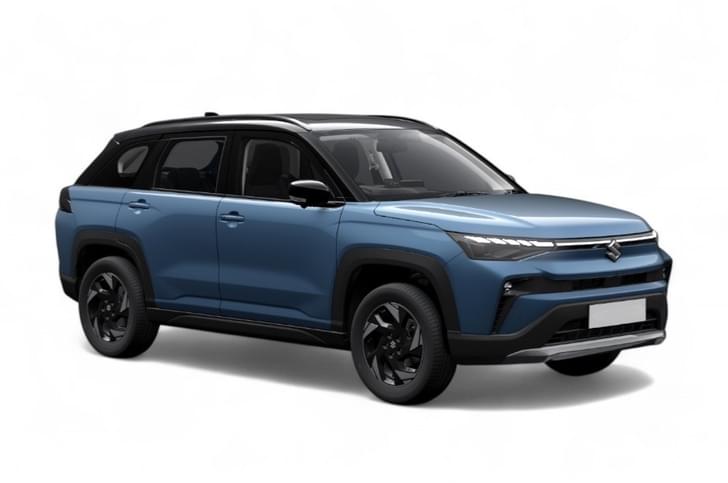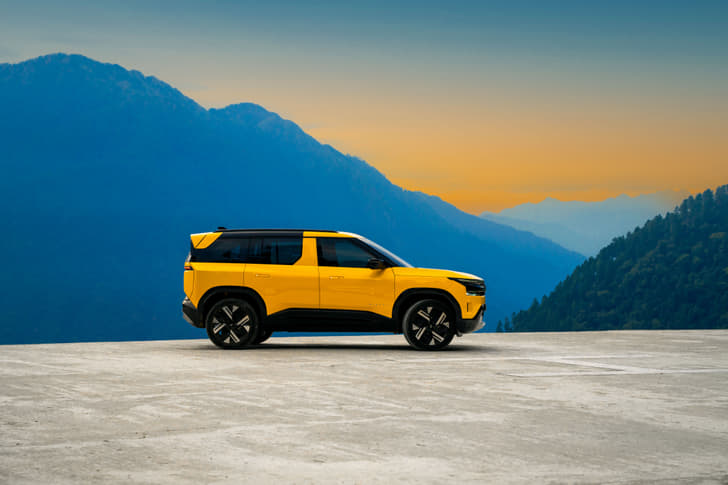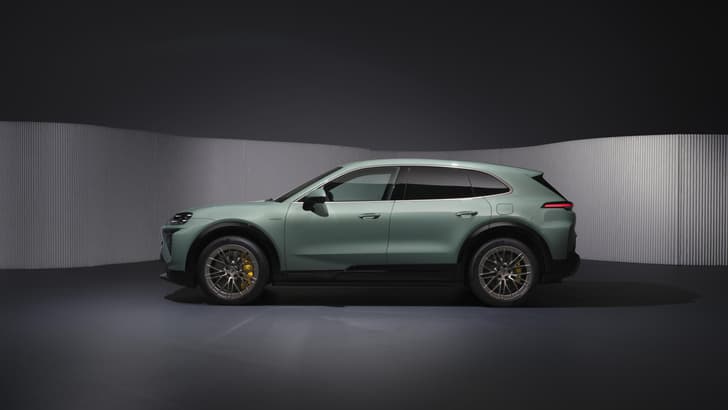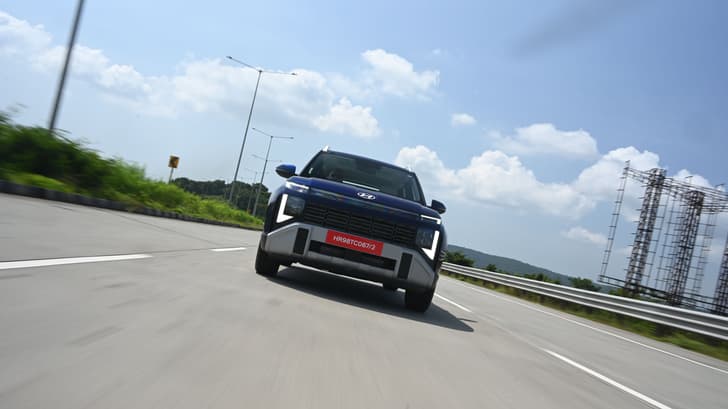Exactly 25 years ago, in September 1999, Autocar India started its innings with the new Ford Ikon on the cover. A world exclusive, the story showcased Ford’s new sedan for India, powered by the powerful and responsive 1.6-litre Rocam engine. The car was a delight to drive, the engine was super responsive, and this set the tone for the future of Ford in India. The even bigger story, though, was that this was Ford’s first new car after the Mahindra-Ford JV had been dissolved.
Fast forward 25 years and Ford India is set to make a comeback after its planned Mahindra alliance was aborted. Talk about history repeating itself. And the Ford that is likely to go on sale first is the 2024 Everest. Previously known as the Endeavour in India, Ford’s new Everest is an SUV that is much missed here. A more sophisticated rival to Toyota’s Fortuner, Ford’s big SUV always rode better, drove better and was more luxurious and comfortable inside.
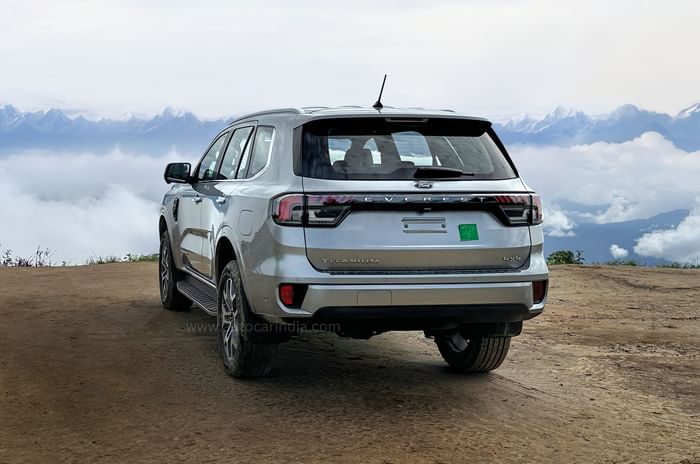
The plan
Now, with the closest place we could get our hands on Ford’s Everest being Nepal, and Ford almost certain to retain the Everest name in India (for the first time), we just had to try and drive the Everest up to where we could see Mt Everest. You can catch a glimpse of the famous mountain from the top of a hill not too far from Kathmandu, called Nagarkot. Getting to Nagarkot, however, involves a long ascent where you climb almost a kilometre, and once up, there’s no guarantee we’ll be able to see Sagarmatha or ‘head of the sky’ as Mt Everest is called in Nepali. The mountain is around 110km away and appears as a small peak between two closer (so ‘taller’ looking) peaks. And that’s not it; with monsoon clouds bouncing off the high Himalayas and collecting at their base at this time of year, we’ll need a gap in the high clouds to see it.
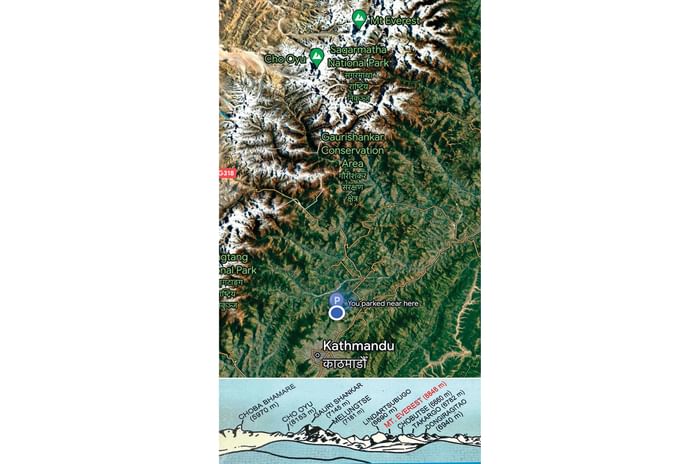
Familiar but different
Nepal initially feels very familiar. There are plenty of Tatas, Mahindras and Marutis present and the drivers in Nepal seem to have graduated from the same driving schools as drivers in India. Bikes slip though every gap, drivers here practice the same ‘cut, thrust and parry’ and not even monks practice defensive driving.
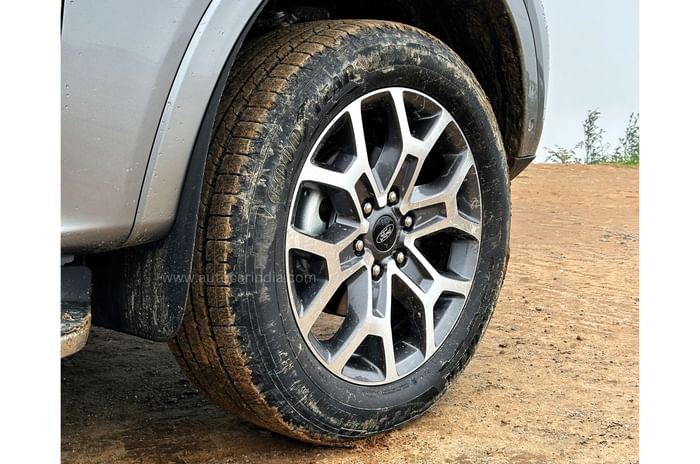
Coming face to face with the new Everest at the Go Ford dealership gives me some succour. It looks even more imposing and larger. And around the side, it gives me the impression of being larger than even the Endeavour we had in India. Marginally longer and built on a 40mm longer wheelbase, the real reason it looks bigger, however, is that this big body-on-frame SUV is now even more block like.
The nose is wider and more square and the ‘C’-shaped LEDs that frame the headlight clusters accentuate the width. The flat bonnet is also full of cuts and creases, the chrome bars that flank the Ford logo give the bluff cowl a modern look and what also adds muscle are the mildly flared fenders. In profile, the big 20-inch wheels help give this big SUV a solid, planted look, and I really like the ‘tough’ two-tone design of the alloys. The bi-turbo badge below the fender tells us this diesel has two turbos placed in series. Go back further and the widened rear fenders help give the Everest a nice wide stance from the rear as well. The cabin isn’t too tall, it’s nicely tucked in from the lower body and what really catches my eye are the clear tail-lights that light up bright red. I even like the manner in which the word Everest has been boldly emblazoned across the rear.
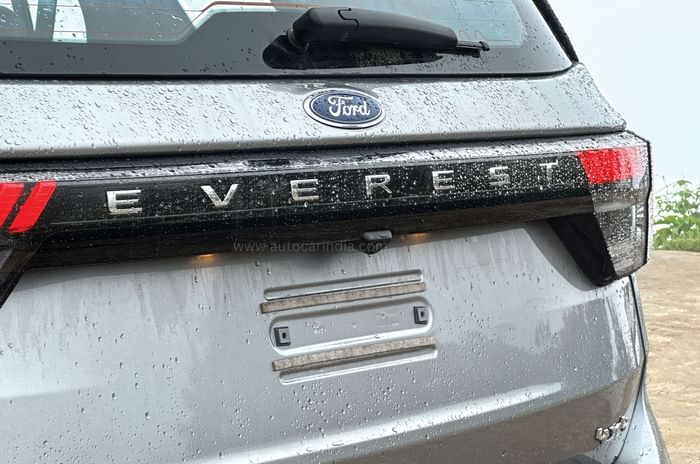
Endeavour, expidition
It’s afternoon by the time we leave Kathmandu. The traffic hasn’t gotten any better and slipping this massive supertanker into the stream of traffic proves to be tricky. The arterial roads we initially traverse are narrow and full of parked vehicles, so I really have to inch forward carefully. Visibility from the driver’s seat is good, and the light and very accurate steering makes it easy to place the Everest; important in a vehicle of this bulk. The steering doesn’t quite seem to have the heft of the earlier Endeavour, but the Everest’s steering is quicker at low speeds. That, along with the relative lack of effort to twirl it, sort of makes this bulky SUV feel a bit easier to manage.
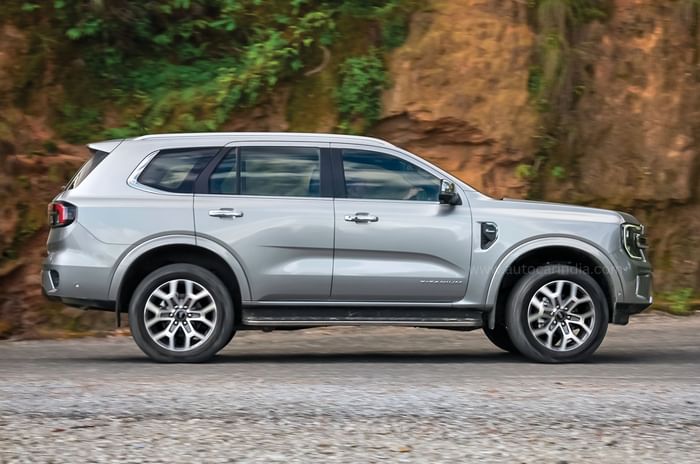
As we leave the confines of the city and get onto faster roads, I notice that the ride is very comfortable. It isn’t just the bump absorption, that SUVs like this one normally ace it’s also the refinement, the flat ride and the relative lack of secondary movement associated with a body-on-frame SUV like this. Ride isn’t pillow soft, but the manner in which the Everest absorbs a section of bad road – silently, smoothly and without any hint of heave-ho – makes it both comfortable to sit in and effortless to drive. I just don’t need to slow down unless the holes are particularly large and deep. And the Everest also feels very stable at speed. It even feels more planted the faster you go; Ford’s big boy really does give you plenty of confidence to press on.
The climb
Once we turn off for Nagarkot, we transition onto some wide ghat roads that sweep around in a nice flow. Leading us ever upwards, the wide sweepers are well paved for the most part. Since there’s practically no traffic, I can really enjoy the drive up. The big takeaway here is that the Everest feels light on its feet and ever ready to change direction.
And it isn’t just the quick steering, it’s a combination of factors. One key contributor has to be Ford’s superb body control and poise. Almost always comfortable in a corner, it feels well balanced and ever willing to alter its line. This is a clear step up on the last-gen Endeavour sold in our market and the confidence it delivers from behind the wheel means you always feel relaxed and enjoy going quicker. Wish the brakes had more bite though. The only time you ‘feel’ the weight of the Everest is when you have to get relatively hard on the brakes. More initial bite and better pedal feel needed here for sure.
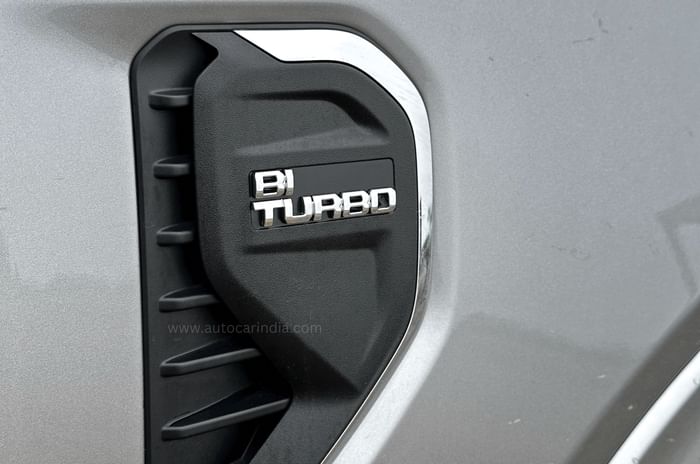
Half way through our one kilometre or so climb, we run into what feels like a mini cloudburst. Rivulets of water stream down the ghats and we have to clamber over some small rocks that have run down along with the water and silt. The Everest just takes everything in its stride, casually hopping over everything.
As we carry on our way up the mountain, now looking down on the weather below, what I also realise is that the bi-turbo engine contributes significantly to the Everest’s effortless nature. Incidentally, the engine’s still made in India, and it’s smooth, refined and always on the boil. Refinement, in fact, is so good, it feels like a new generation of engine. And what I especially like is how quickly it responds to a tap on the throttle. With 210hp and 500Nm of torque, it clearly can deliver the goods at higher engine speeds. And here, too, there is no hesitation. There are no flat spots and no surges over practically the entire rev range. And that’s despite the engine being driven by a pair of turbos in sequence; something that’s difficult to do. Not sure how seamlessly this engine will transition from its current EU IV state of tune to our BS VI equivalent, though.
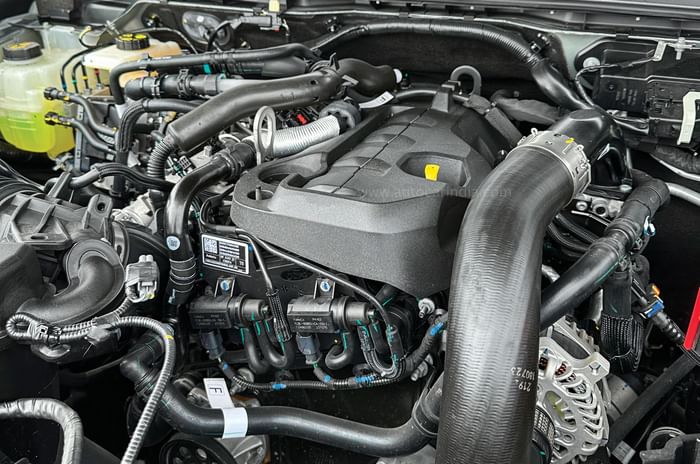
Even the 10-speed automatic gearbox feels more responsive and intuitive. It still shifts up too early when you lift off the throttle to cruise and only comes a gear down, instead of two, when you tap the throttle. Still, the gearbox works better with this bi-turbo engine as the small turbo spins easily providing sufficient boost at low engine speeds. What irks is that there are no paddles on the steering wheel, only fiddly plus and minus buttons on the gear lever; odd on an otherwise well-specified SUV. What’s cool, however, is how the electrically driven gear selector returns on its own to P if you open the door or even switch the car off in D; remember to try it.
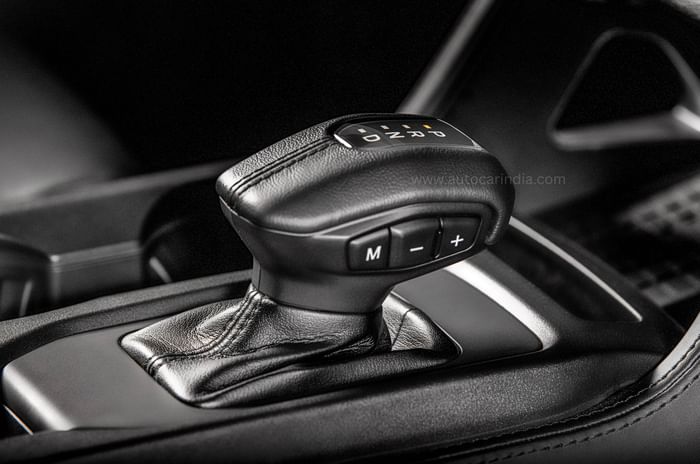
Looking out, looking in
We only reach the top of Nagarkot at sundown. Our weather app says there should be a small window the next morning, especially when it comes to medium clouds, and that’s just what we are hoping for.
The next morning, though, it all seems pointless – we are enveloped in cloud. So we begin to shoot the exterior; details, highlights and some bits inside the cabin that are well lit. Then, just as we are about to give up hope, a sliver of light opens out, with the gap getting larger every minute. Soon, we can see many peaks close to us and some of the high Himalayas in the distance. We quickly look in the direction of the Everest using our GPS and train our cameras on the dark peak; it’s often the one with the least snow on it because of the high winds. But now, the clouds are back – in batches – drawing a veil of white over the range on and off. Clouds bubbling up from below as the earth heats up. More gaps open later and we see what we think is the Everest.

But the clouds cover it again, and with nothing to do but wait, I decide to take a closer look at the cabin. There’s loads to like here and my attention is initially drawn to how it feels like there’s a bit more space inside. This Everest feels wider and there appears to be more driver space. This version also gets powered and cooled front seats that are big and comfortable even on long drives.
What I am drawn to next is the 12-inch Tesla-like screen with its portrait orientation and sharp details. Apple CarPlay works nicely here and what’s neat is that you can scale up Apple CarPlay at the touch of a button. The screen runs Ford’s Sync 4A software and what’s also Tesla-like here is that you get a digital sketchpad; for when you are waiting and the kids are bored. It’s only software, so why not. You also get a 360-degree camera and, as earlier, a valet mode.

The Everest also gets a full suite of ADAS functions, with pre-collision assist and automatic emergency braking. The version we are driving has 4X2, 4X4 and 4-low modes, accessible via a dial. In addition, you can select various off-road modes: tow (which is new), slippery, mud and ruts, and sand. Do this and the display even pops up and tells you how the four-wheel-drive system is being optimised with locking diffs, à la Range Rover.
The touchscreen has fan and temperature controls, but there is also a set of physical air-con control knobs and buttons.

Narrow door pockets apart, storage and stowage are also decent. The square elbow box is huge, the twin gloveboxes manage a good amount of room between them and there are full-sized cup holders and a tray to keep knick knacks below the central console. The black on black dash, however, looks more utilitarian than upmarket, and plastic quality in and around the central console is only ordinary. Ford will certainly need a more upmarket version of the Everest for the Indian market. And while the digital instrument panel proffers up some great graphics, the ‘digital’ tachometer and small temperature, fuel and oil pressure gauges on the instrument panel need to be more legible. Come on Ford, this is easy.
Space in the second row of the Everest is also improved. Legroom and even headroom are more than sufficient, and as the cabin is wider, there seems to be more space in general. The seat is set a bit low, so the seating position is a bit knees-up. You can, however, slide the second-row bench forwards or back and the backrest can be reclined as well. You also get a blower control in the back as well as a regular plug point, so you can charge or power even laptops.
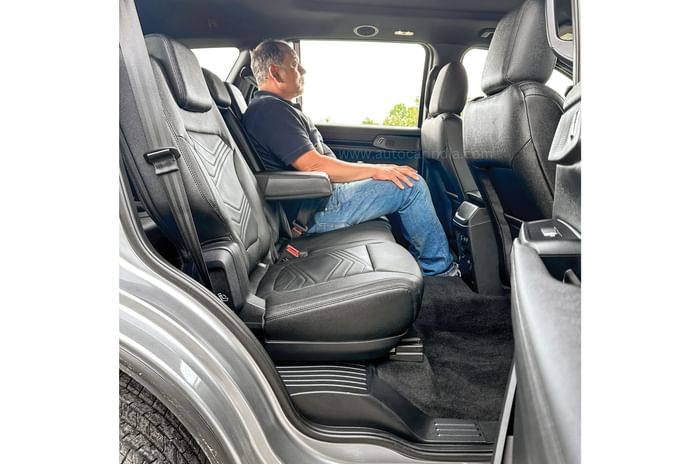
There’s also a bit more room in the third row, especially after optimising and adjusting the space used for the first and second row. Getting in isn’t easy, but once you are in, short journeys are sort of manageable.
What the Everest also gets, even three rows up, is a fair amount of boot space. You can stack around four pieces of hand baggage in the back or even two big bags. The third row seats can be folded electrically (up and down) for more space.
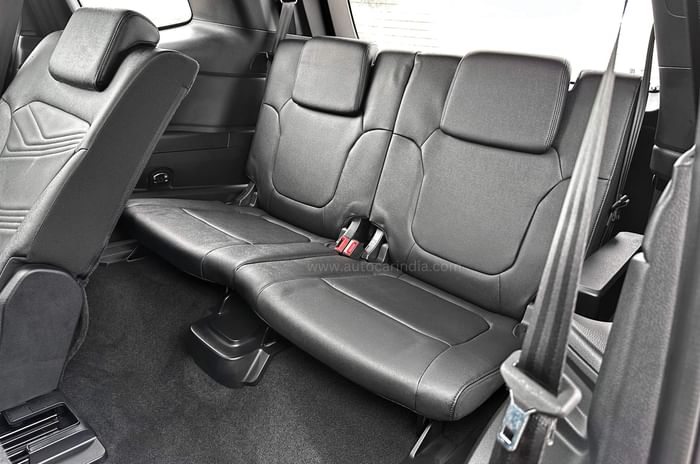
Up where it belongs
Ford’s new Everest is a full-size SUV that ticks almost every single checkbox. And it is a long list. Big, bold, spacious, comfortable and well-equipped, the new Everest is a large-sized body-on-frame SUV that delivers a solid build, real off-road ability and is practical. It is also refined, sophisticated, easy, effortless and enjoyable to drive. It drives so well, in fact, that it feels like it’s built on a monocoque chassis.
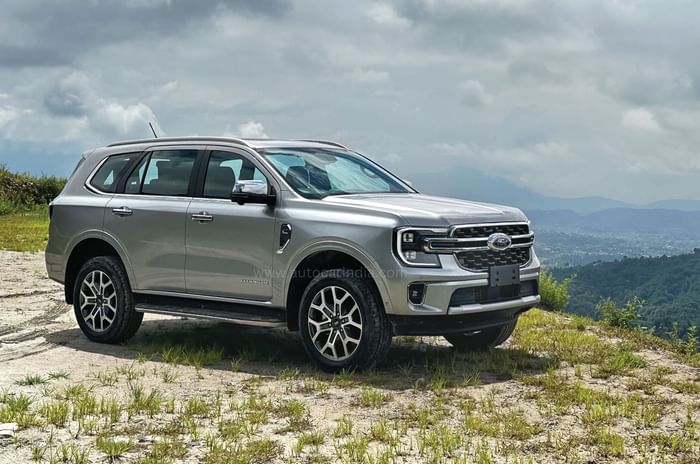
Then there’s the bi-turbo diesel, which is smooth, punchy and responsive. You do miss having paddle shifters, and Ford needs to look at a more upmarket version of the Everest, with a higher quality dash (in particular). But, be in no doubt Ford, when you eventually decide to make a return, this is the SUV to do it with.
FORD’S COMEBACK

When will Ford return to India? This is a question that is difficult to answer. What we can tell you, however, is that Ford has held on to its plant in Chennai and is currently working on a plan to make a comeback. And from what we hear, the Everest is part of that plan. Ford is likely to assemble the car here in India, just as it did earlier, and it is also likely to use the Sanand-made diesel engine. There’s even a bi-turbo 3.0 V6 diesel that makes 250hp and 600Nm of torque if Ford wants to get the Everest in as an import, and that sure will get the attention of SUV lovers.























